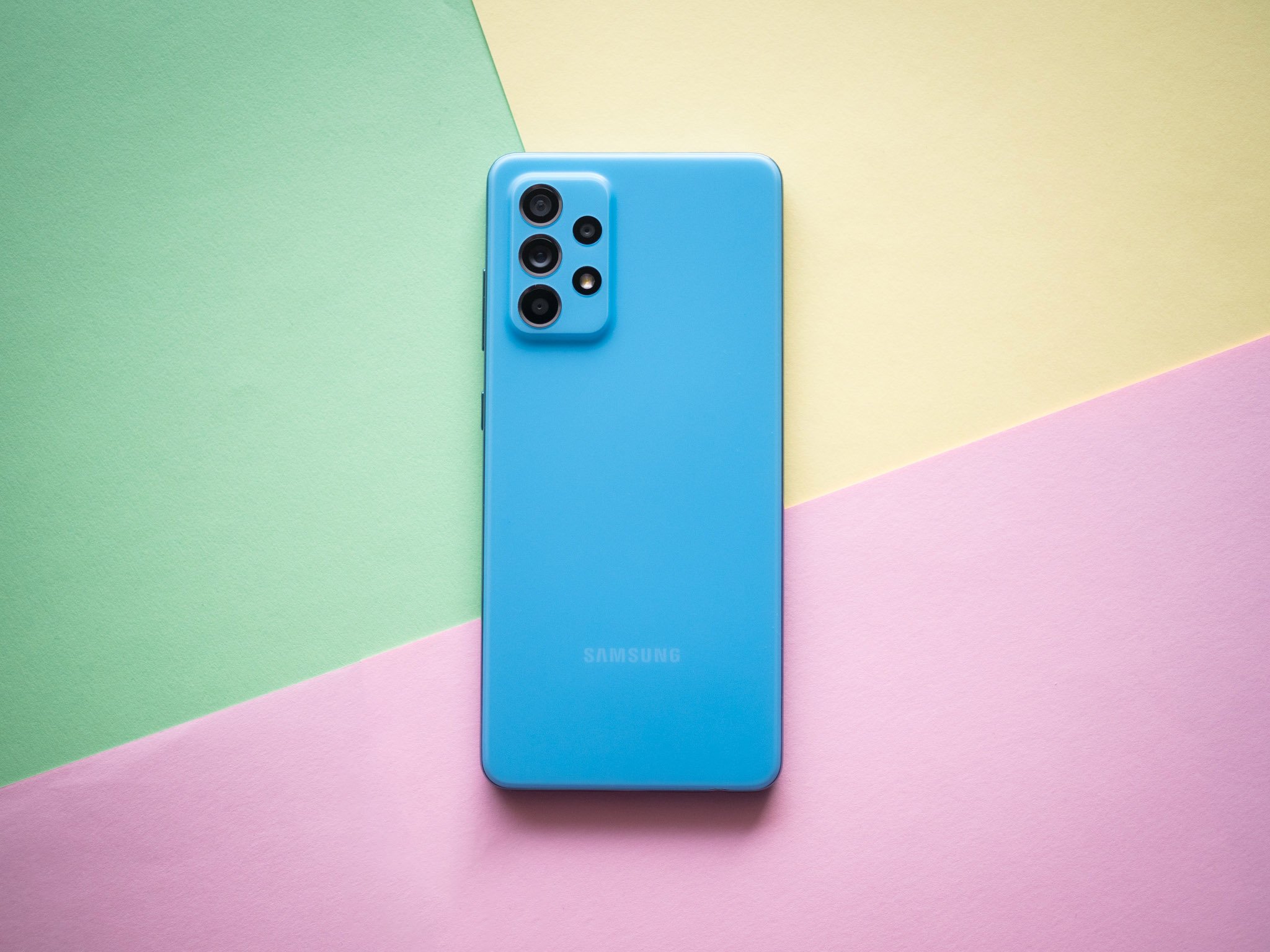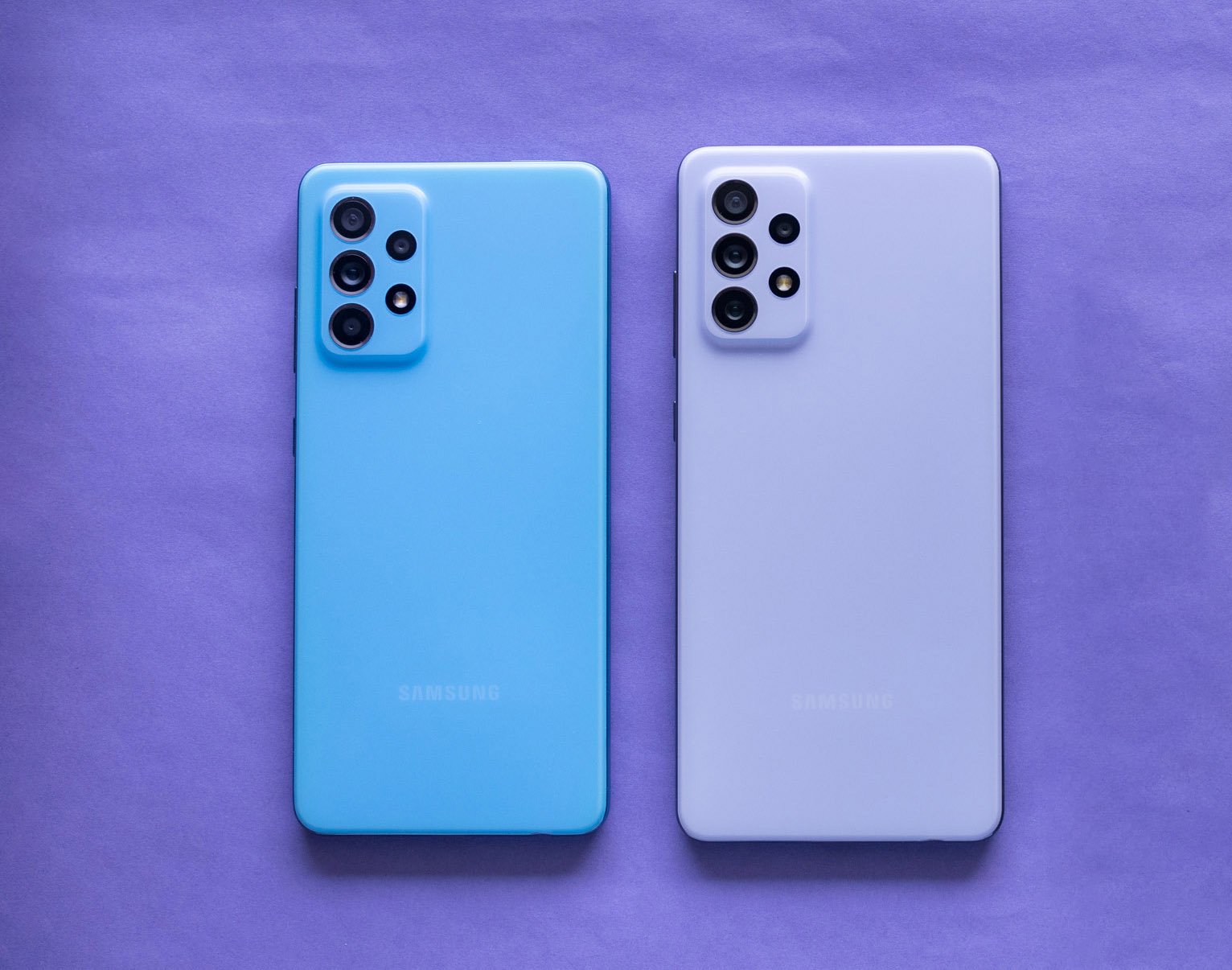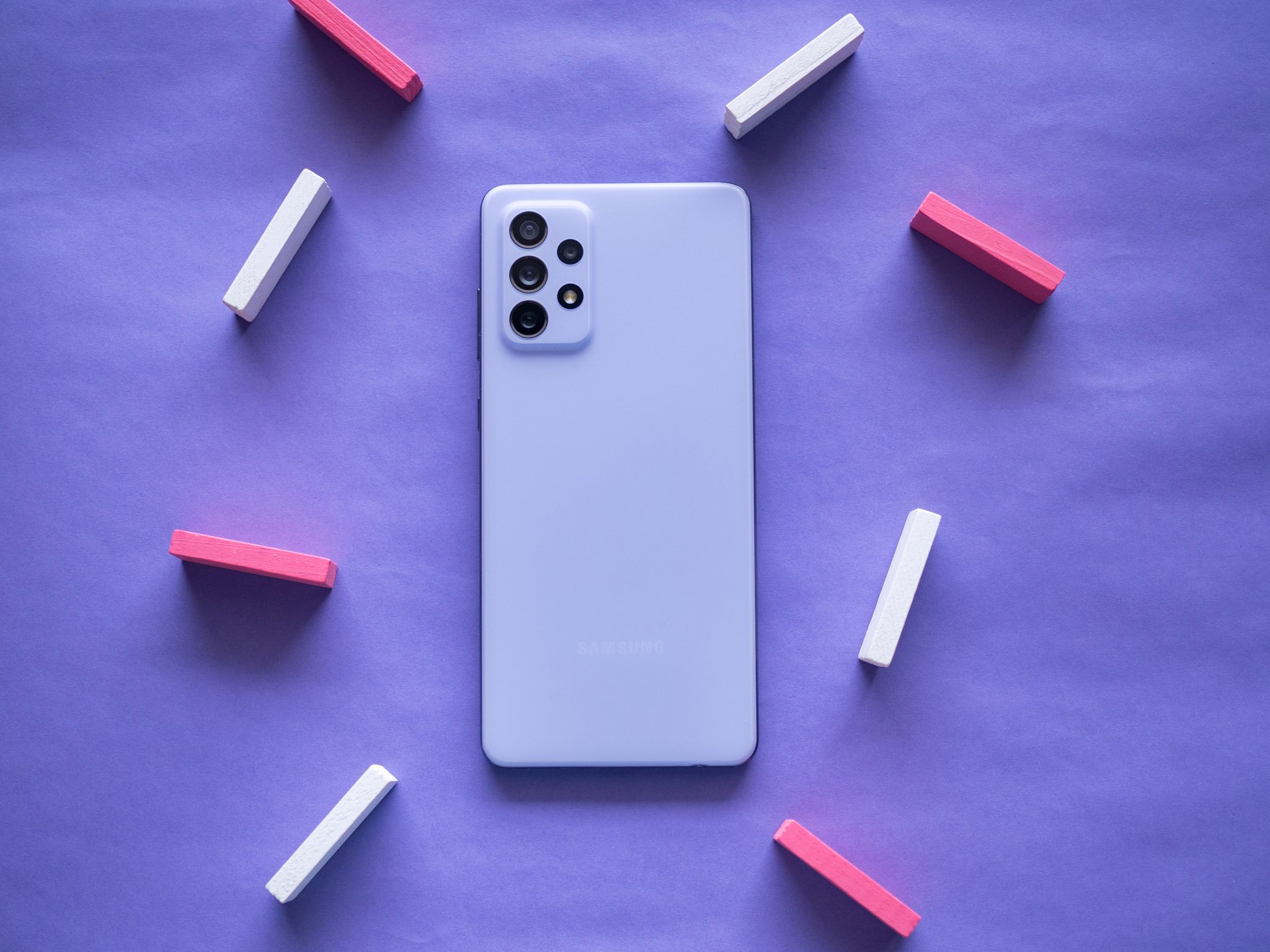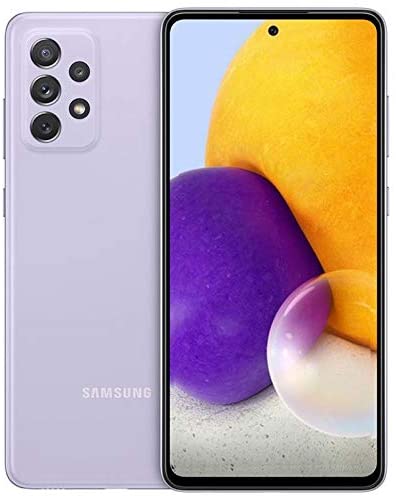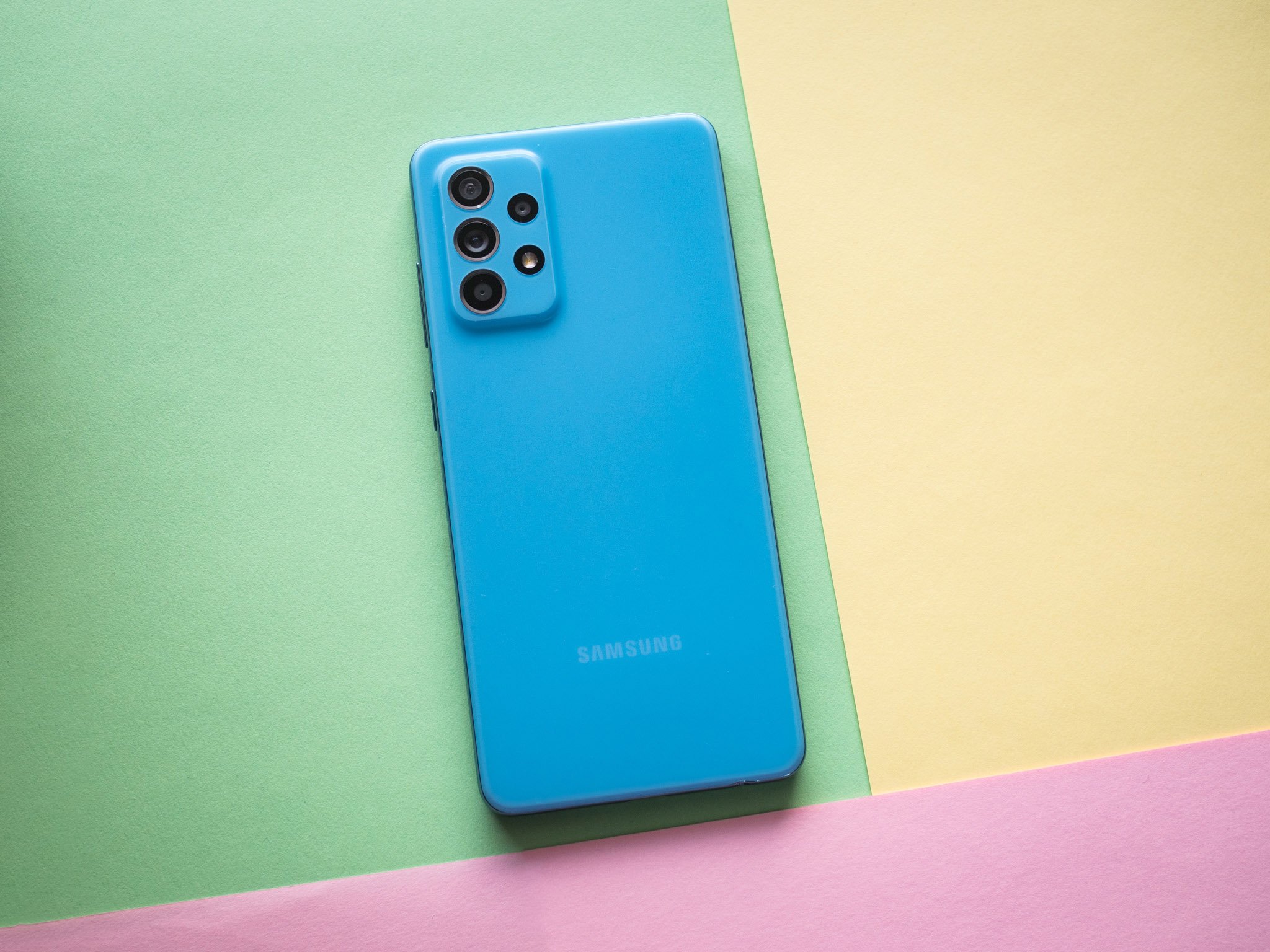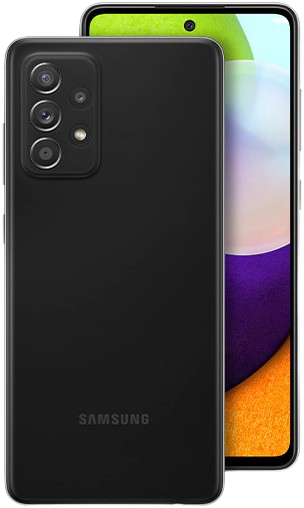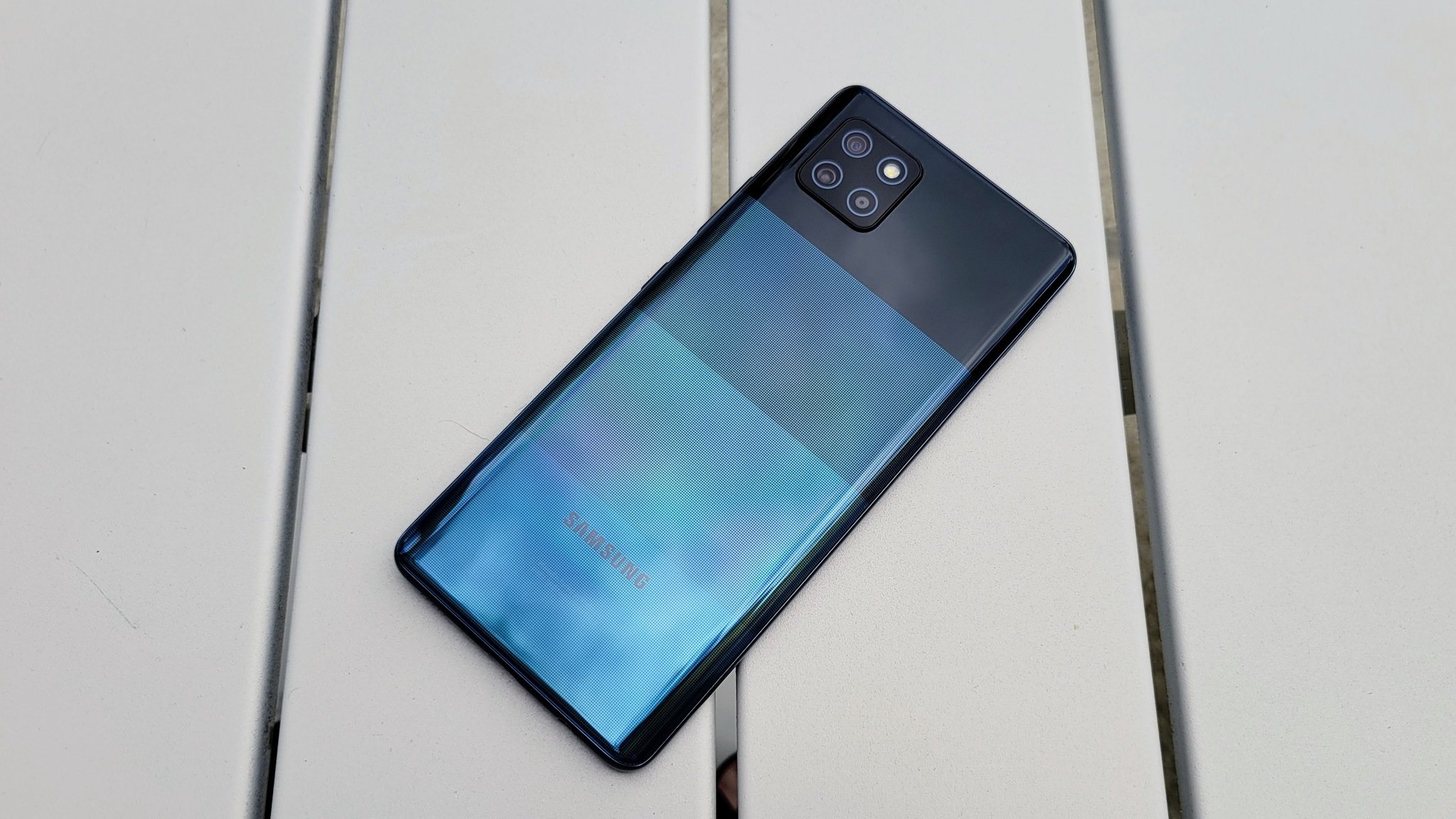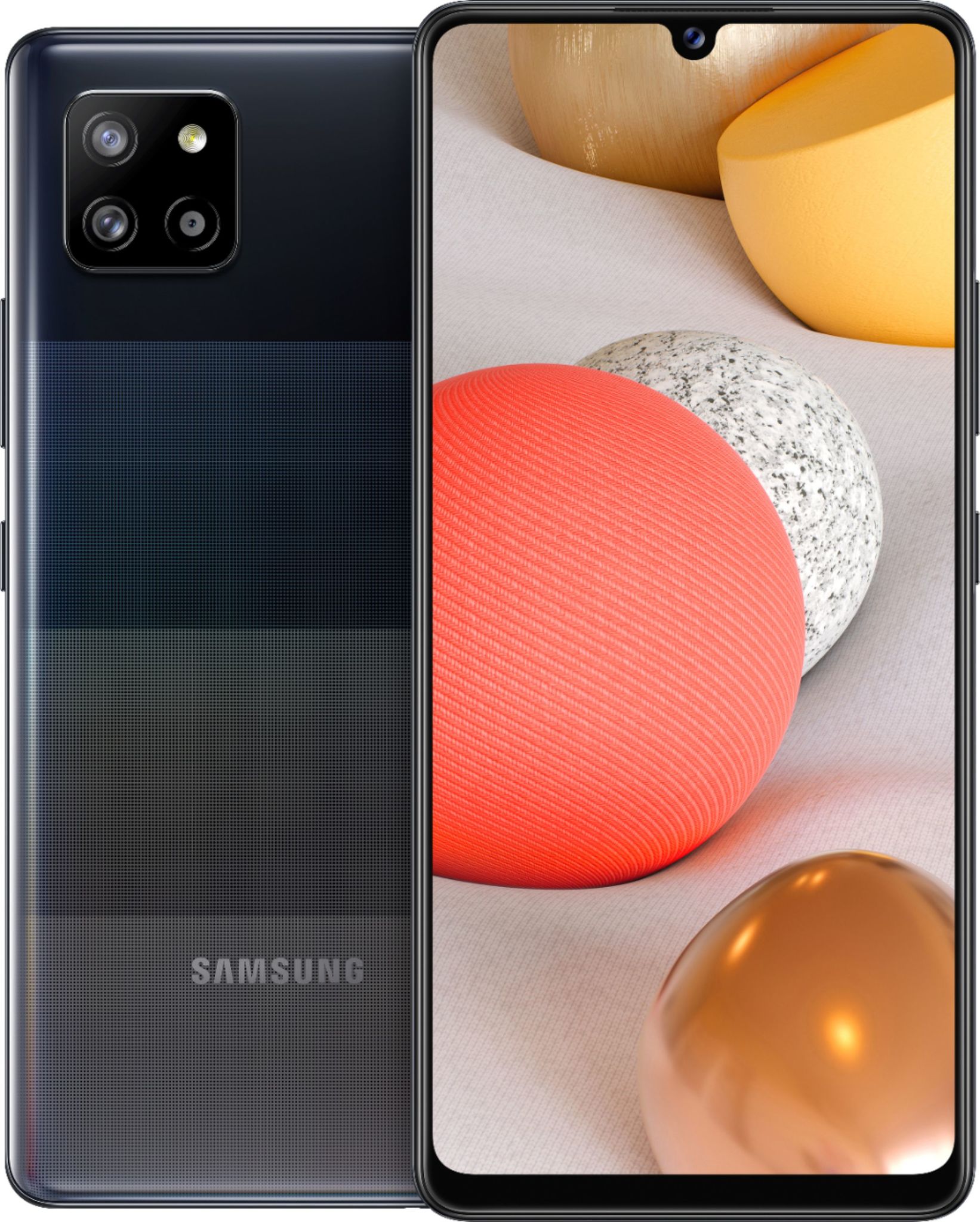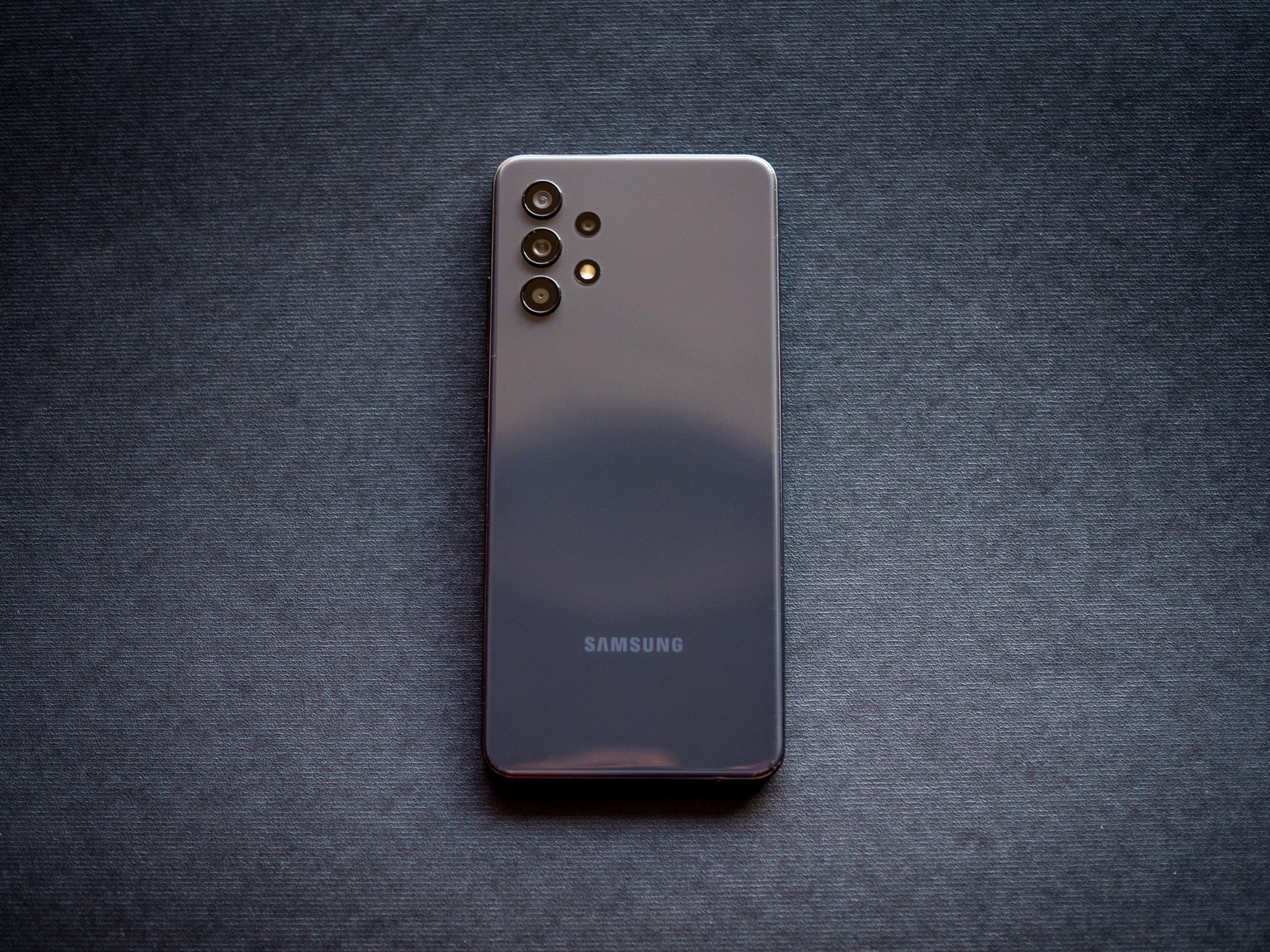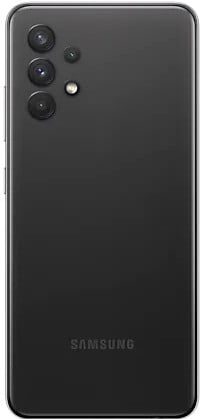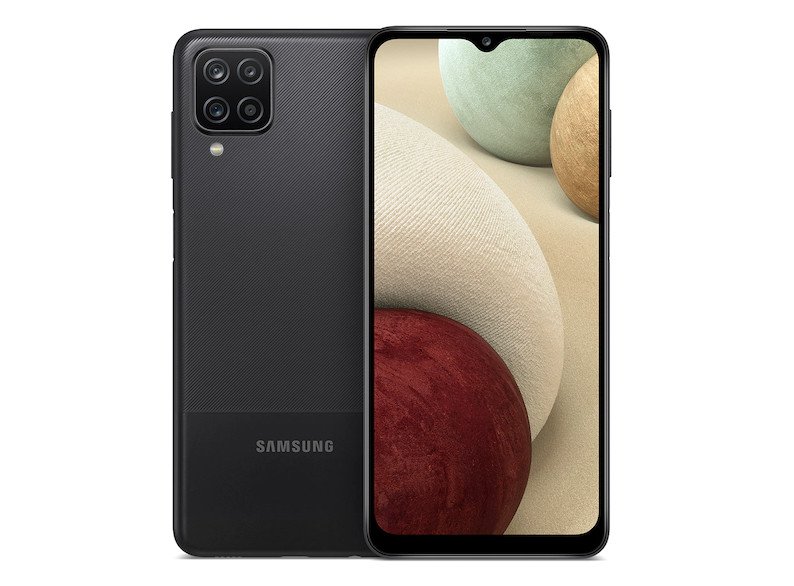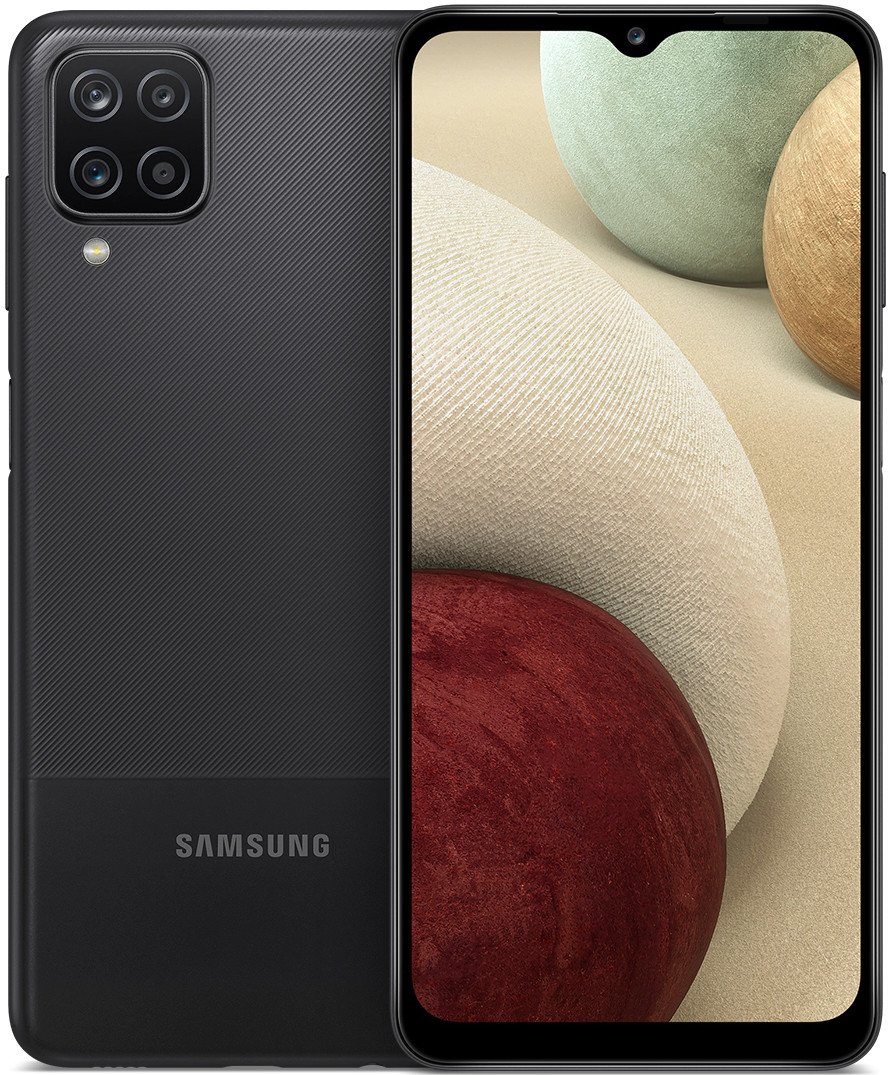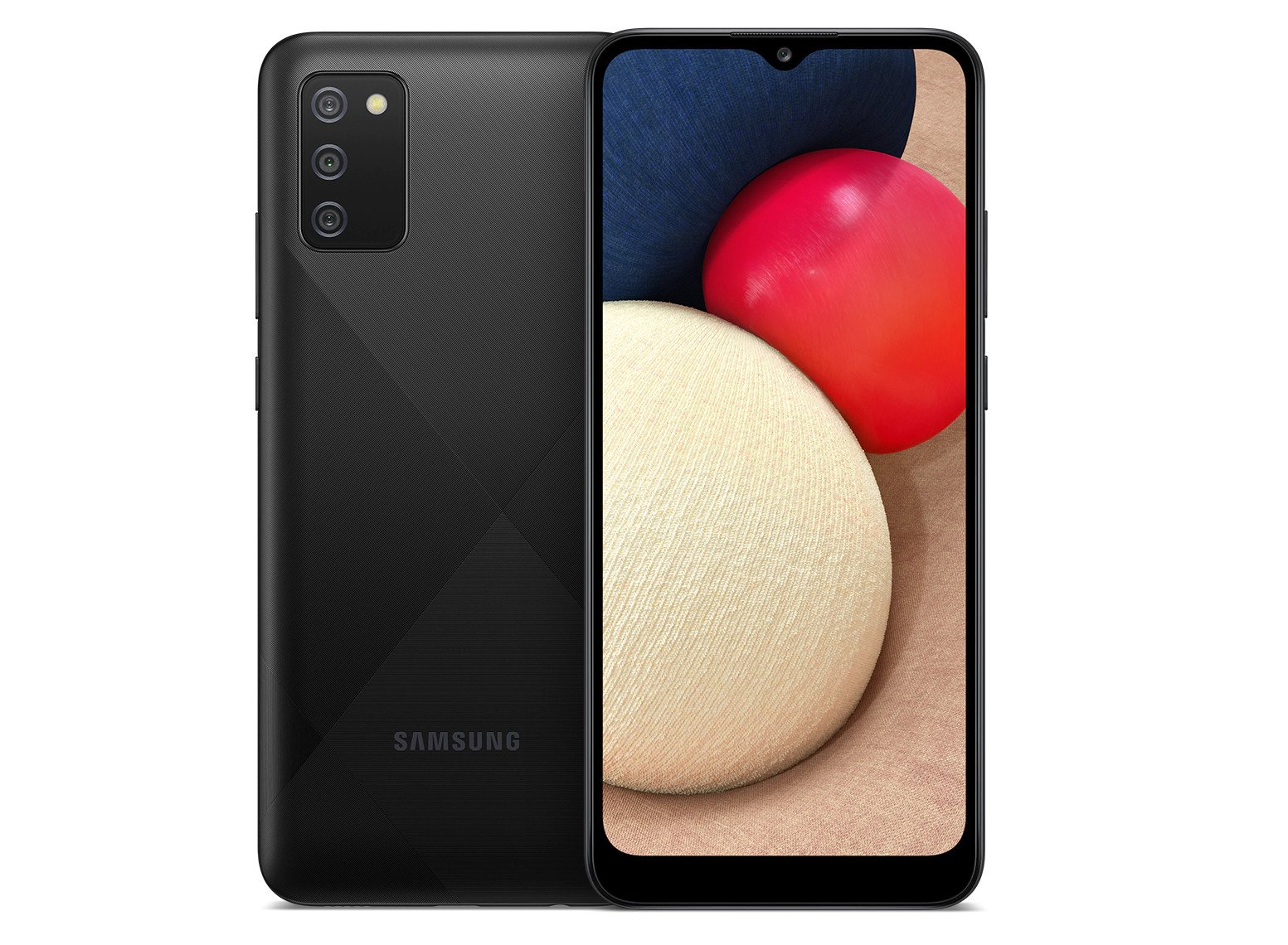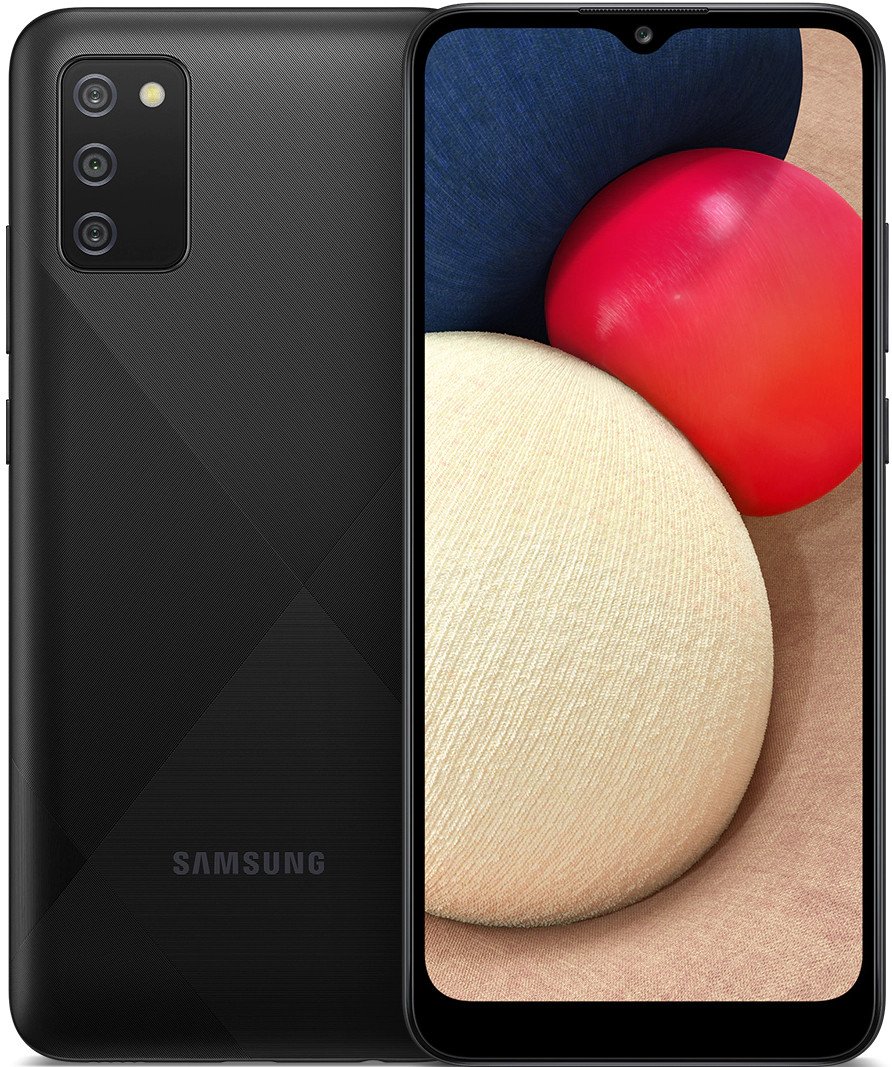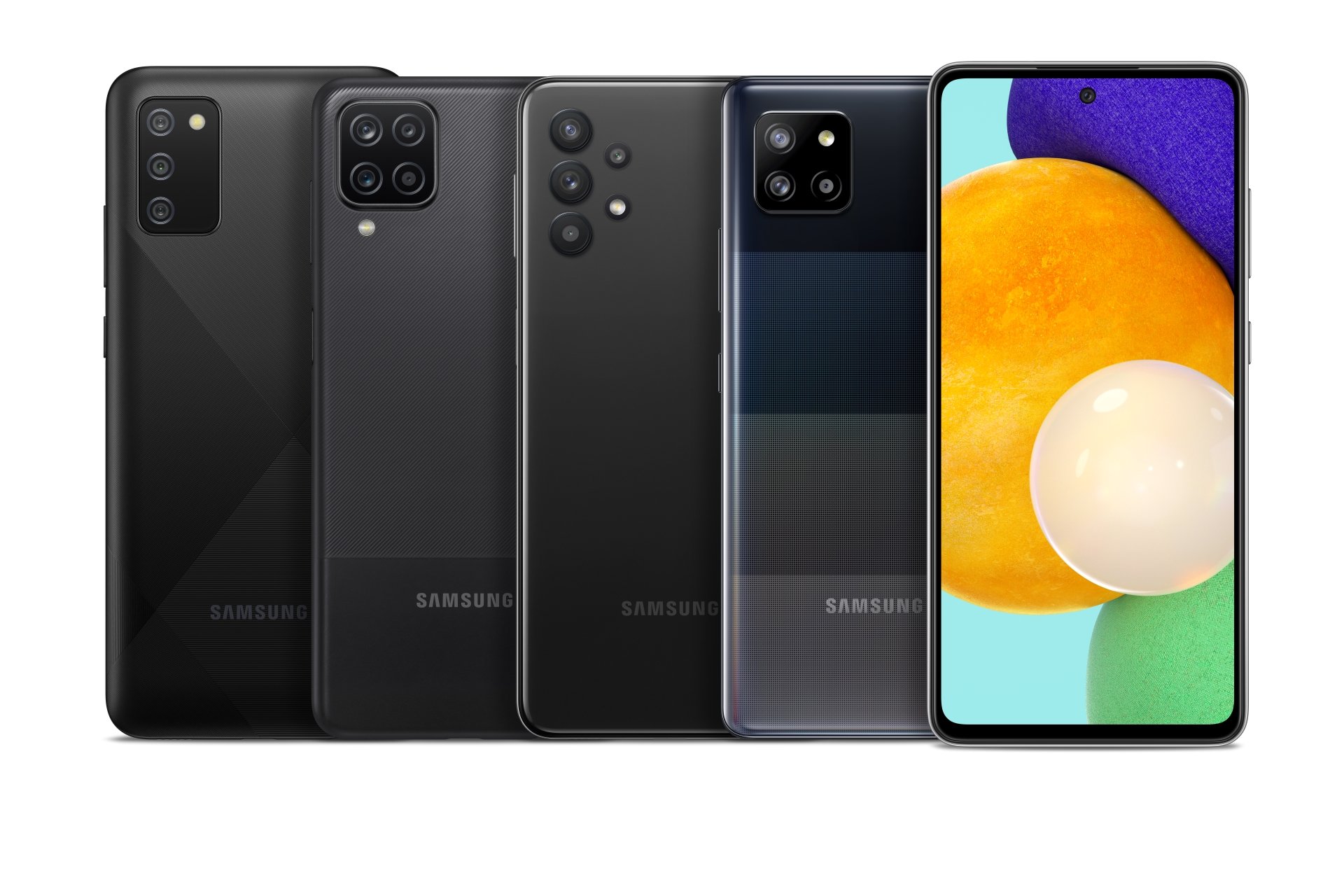In the market for a new phone? Here's what you need to know about Samsung's best-selling Galaxy A series.
The Galaxy A series forms the bedrock of Samsung's mid-range ambitions. The A-series started by bringing features previously limited to Samsung flagships at a much more affordable price point. While it was traditionally focused on the mid-range segment, Samsung got rid of the entry-level Galaxy J series in 2019 and folded them into the Galaxy A lineup.
The result is that the Galaxy A series now starts under $150, thanks to devices like the Galaxy A02. While the budget Galaxy A options make it easier to upgrade to one of the best cheap Samsung phones, the mid-range options like the Galaxy A52 and A52 5G offer exciting new features for those who want the latest screen tech and 5G connectivity.
Choosing the ideal device for your needs can get confusing, with eight models to pick from across various price points. So if you're looking to pick up a new phone in 2021, here's what you need to know about the Galaxy A series.
What's new with the Galaxy A series in 2021?
The Galaxy A series in 2020 was essentially unchanged from 2019, so we were due a significant upgrade this year — and Samsung managed to do just that. The 2021 Galaxy A series features a new design aesthetic that makes the lineup look much more premium, and a large part of that has to do with the rear camera housing.
Samsung has always carried over designs from the Galaxy S flagships over to the A-series, and we see that this time around. The 2021 Galaxy A models have a prominent camera housing with large rings around the sensors, but unlike the Galaxy S21 series, there's no metal trim for the camera housing. Instead, the modules protrude directly from the chassis, and the subtle design feels refreshing.
Another big addition in 2021 is IP67 water resistance. Samsung offered IP68 dust and water resistance on the 2017 Galaxy A series, and this feature is making a comeback in 2021. That said, IP67 ingress protection is limited to the Galaxy A52s, A52, A52 5G, and A72, but it is great to see Samsung's mid-range phones offering the feature this year.
Galaxy A72 is a large-screened battery monster
Like the Galaxy A71, the A72 delivers a large screen and a massive battery. The 6.7-inch AMOLED panel is one of the best you'll find in this category, and the phone has a 90Hz refresh rate, making everyday interactions buttery smooth.
The hardware hasn't changed too much; the Snapdragon 720G chipset delivers similar performance as last year's 730G, and you get 6GB of RAM as well as 128GB of storage out of the box. There's a microSD slot — unlike the Galaxy S21 series — and you'll also find IP67 dust and water resistance. The 64MP lens at the back is unchanged from last year, and for 2021 Samsung added an 8MP zoom lens that offers 3x zoom.
With a 5000mAh battery, the Galaxy A72 easily manages to last two days between charges. And when you do need to charge it, there's 25W fast charging. The more significant change around the A72 is the software; the phone comes with One UI 3.1 based on Android 11 out of the box, and it will get monthly security updates and three guaranteed Android version updates.
There's also a 5G-enabled version of the Galaxy A72 that has a 120Hz panel and is powered by the Snapdragon 750G, but that particular model is limited to select countries. The Galaxy A72 and A72 5G aren't actually up for sale in the U.S., with Samsung instead slotting in last year's Galaxy S20 FE as the $600 option this year. That said, if you are interested in picking up the global version of the phone, the 4G model is on sale on Amazon for under $450.
Samsung Galaxy A72
$500 at Amazon £419 at Samsung UK
The Galaxy A72 misses out on 5G, but you get a large 6.7-inch AMOLED screen that goes up to 90Hz, reliable hardware, great cameras, outstanding battery life, IP67 dust and water resistance, and three Android updates.
Galaxy A52 and A52 5G are the mid-range phones to beat in 2021
The Galaxy A52 and A52 5G strike the perfect balance between affordability and feature-set. They deliver all the features you're looking for in the mid-range segment, but you don't have to pay a premium. The standard 4G version of the A52 comes with a 6.5-inch AMOLED 90Hz screen that's a delight to use, and the phone has tiny bezels at the front.
The Snapdragon 720 G powers the device, and it holds up just fine in daily use. The base model has 6GB of RAM and 128GB of storage, and you get a microSD card slot. There are exciting upgrades around the camera, with the phone picking up a 64MP primary lens along with a 12MP wide-angle module. There's also a 4500mAh battery that lasts well over a day even with heavy usage, and the phone has 25W fast charging. And just like the Galaxy A72, the A52 and A52 5G offer IP67 dust and water resistance.
The Galaxy A52 5G has the same attributes as the 4G model, but it features a 120Hz AMOLED panel powered by the beefier Snapdragon 750G chipset, giving it just that little more in terms of performance. Oh, and it connects to 5G networks that rely on Sub-6. The 5G version of the Galaxy A52 is the default option for buyers in the U.S., but Samsung sells the 4G model in most global markets.
Samsung recently unveiled the Galaxy A52s, with the phone featuring a faster Snapdragon 778G chipset with 5G connectivity. This particular model isn't available in the U.S. just yet, but it should make its debut in the coming months.
Samsung Galaxy A52 5G
$499 at Amazon $499 at Samsung $500 at Best Buy
With standout hardware, a sublime 120Hz AMOLED panel, cameras that take great photos, stellar battery life, and IP67 water resistance, the Galaxy A52 5G has it all. If you're looking to upgrade to a mid-range phone in 2021, this is the default choice.
Galaxy A42 5G is the perfect gateway into 5G
The Galaxy A42 5G offers the same fundamentals as the A52 5G but misses out in a few areas. The upside is that the phone costs $100 less than the A52 5G, and you get the same 5G bands. The A42 5G features an AMOLED panel, but the resolution is 720p (1600x720). So while you still get great colors and viewing angles, the resolution isn't ideal for a 6.6-inch screen.
The device is powered by the Snapdragon 750G — the same as the in the A72 5G and A52 5G — so it should last several years without any slowdowns. The massive 5000mAh battery also ensures the phone lasts two days on a full charge, but unlike the A52, you're limited to 15W fast charging. On the imaging side of things, the phone has a 48MP primary lens, an 8MP wide-angle, two 5MP auxiliary lenses, and a 20MP camera at the front.
The A42 5G has a unique design that allows it to stand out a bit more from its A series siblings, and it is a decent way to get onboard the 5G bandwagon. The underwhelming 60Hz screen is a letdown, but if you're okay with that, then the A42 5G is a decent enough option.
Samsung Galaxy A42 5G
$400 at Amazon $400 at Samsung $400 at Best Buy
The Galaxy A42 5G delivers robust internal hardware, 5G connectivity, and excellent battery life. The screen isn't on par with the A52 or A72, and if you're OK with missing out in this particular area, the A42 5G is a reliable 5G option.
Galaxy A32 and A32 5G give you the basics for less
The Galaxy A32 is an interesting phone because it delivers the best features from the A52 and A72 for less. You get a similar design, 64MP camera at the back (48MP on the 5G model), and a huge 5000mAh battery.
The phone obviously loses out in some areas; the 4G version is powered by MediaTek's Helio G80, which is laggy in daily use. The 5G model — featuring the MediaTek Dimensity 720G — doesn't have this particular problem, so if you're considering the A32, my recommendation would be to pick up the 5G-enabled version. The Galaxy A32 5G is the default option in the U.S., and it retails for $280 there.
While the A32 5G has a beefier chipset, it misses out elsewhere. The regular A32 has a 6.5-inch Full HD (2400x1080) AMOLED panel with a 90Hz refresh, but the A32 5G has an inferior TFT screen with a resolution of just 720p (1600x720) and 60Hz refresh. Like the Galaxy A42 5G, Samsung isn't offering a high-quality screen with the device, making recommending the A32 5G just that little bit more difficult.
The phone delivers in other areas, though, and if you are waiting to switch to a budget phone with 5G, there is a lot to like here. Just know that the screen isn't the best you'll find in this particular category.
Samsung Galaxy A32 5G
$280 at Amazon $280 at Samsung $280 at Best Buy
The Galaxy A32 5G doesn't have the most vibrant screen you'll find on a budget phone, but it delivers reliable performance, outstanding battery life, and Sub-6 5G connectivity.
Galaxy A12 is the ideal entry-level phone
The Galaxy A12 doesn't have powerful hardware by any measure, but it delivers the basics in the entry-level segment. The phone features a 6.5-inch 720p screen and is powered by MediaTek's Helio G35 chipset. Unfortunately, it misses out on 5G, but at $180, you are getting a decent amount of value here.
The phone has an 18MP primary camera with a 5MP wide-angle lens and offers a 5000mAh battery — just like the A32 5G — and you get 15W fast charging as default. It has 3GB of RAM and 32GB of storage along with a microSD slot and runs One UI 2.5 based on Android 10 out of the box. It isn't the most exciting device in the Galaxy A portfolio, but if you're interested in an entry-level device and want one that will get regular software updates, the A12 is a great choice.
Samsung Galaxy A12
$180 at Amazon $180 at Samsung $180 at Best Buy
The Galaxy A12 nails the basics in the budget segment, and while it doesn't have 5G, you get a massive battery, reliable hardware, and feature-rich software.
Galaxy A02s is a solid choice for prepaid buyers
The Galaxy A02s won't set any performance records, but it covers the basics, and debuting at just $110 in the U.S., it is the most affordable way to get into Samsung's ecosystem right now. The phone features a 6.5-inch 720p screen, and while it isn't as vibrant as the AMOLED panels that Samsung routinely uses on its mid-range and high-end phones, it is serviceable for daily use.
You also get a Snapdragon 450 chipset, and the base version has 2GB of RAM and 32GB of storage along with a microSD slot. The chipset isn't fast by any measure, and you will see some slowdowns in day-to-day use, and the limited memory means the A02s isn't ideal for multitasking. You'll find a 13MP camera at the back along with two 2MP lenses that act as the macro and portrait modules, and there's a 5MP camera at the front.
The battery is where the A02s shines; with a 5000mAh battery under the hood, the phone manages to last over two days on a full charge. There's no NFC here, and you don't even get 5GHz Wi-Fi connectivity — the A02s is instead limited to 2.4GHz Wi-Fi. The phone also runs the older One UI 2.5 based on Android 10, but it should get the Android 11 update shortly.
To sum it up, the Galaxy A02s isn't a particularly interesting phone, but if you're looking for a device in the vicinity of $100, it gets the job done.
Samsung Galaxy A02s
The Galaxy A02s makes it easier than ever to pick up a new Galaxy phone. The hardware isn't fast, but you get plenty of software features in a familiar design.
Which Galaxy A phone should you buy in 2021?
There are a lot of exciting models to choose from in Samsung's 2021 Galaxy A portfolio. For my money, I would go with the Galaxy A52 5G. It has a sublime 120Hz AMOLED screen, powerful hardware with 5G connectivity, microSD slot, standout cameras, and stellar battery life with 25W fast charging. You also get IP67 dust and water resistance, monthly updates, and three guaranteed Android version updates.
The Galaxy A52 5G is the mid-range phone to beat right now, and you do get a lot of value for the hardware on offer. However, if you're looking for a more budget-focused option, the Galaxy A32 5G is a solid offering — provided you don't mind the 720p screen.
And although the Galaxy A72 doesn't offer a lot of changes from its predecessor, it is a reliable choice if you want a large screen and at least two-day battery life. And if you are looking for an entry-level device, the Galaxy A12 has the essentials covered. It doesn't have the best hardware, but you get all the standard software features in One UI, and the device works on all U.S. carriers.
5G all the way
Samsung Galaxy A52 5G
$400 at Amazon $425 at Samsung $500 at Best Buy
The mid-range phone to beat
The Galaxy A52 5G delivers 5G connectivity, reliable hardware, a vibrant 120Hz AMOLED screen, and amazing battery life. Combine that with regular software updates and a gorgeous design, and you get one of the best mid-range phones in 2021.
Source: androidcentral
